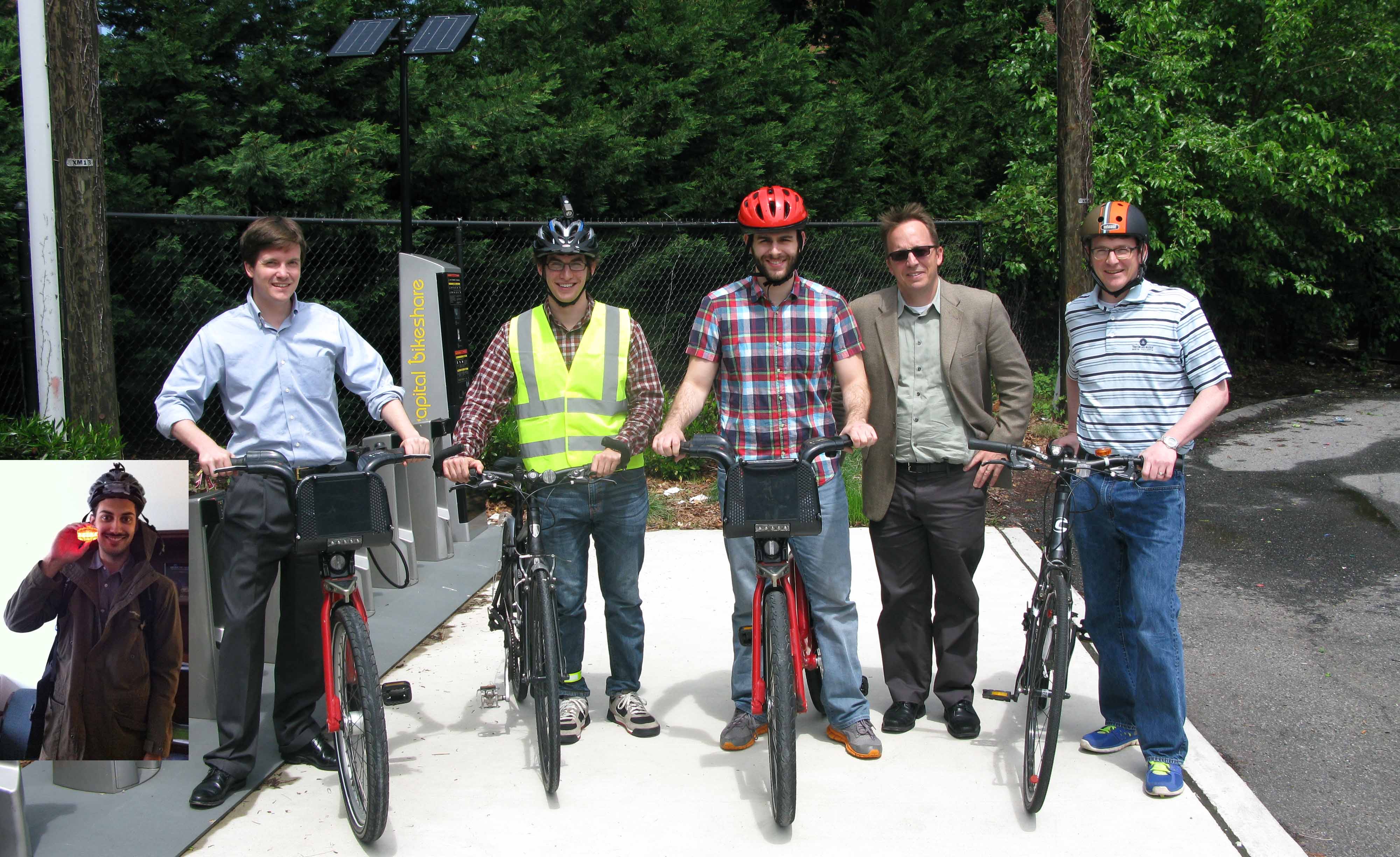This Friday, the Washington, D.C. area celebrates Bike to Work Day, an annual event that is part of Bike Month.
Most Americans may think of bicycling as a recreational activity best done on the weekends, but many people incorporate cycling into their daily commutes. Statistics from the League of American Bicyclists show that the total number of bicycle trips exploded in recent years, from 1.7 billion in 2001 to more than 4 billion in 2009.
Cycling can play a part in reducing carbon-dioxide emissions. While the average U.S. car emits about a pound of CO2 per mile from burning fuel, bicycling is carbon free. More bicycle commuters also take cars off the road, relieving congestion in traffic-clogged cities.
Don’t have time to get to the gym? Here’s another opportunity for a workout. An average cyclist can burn up to 800 calories per hour on a bike, while sitting in a car or using public transportation will burn just a fraction of that. Aerobic exercise, such as cycling, has also been shown to reduce the risk factors behind heart disease, diabetes, and many types of cancer.
Learn more about the benefits of cycling or walking instead of driving at Make An Impact.
Not convinced yet? Try it out! Here are some tips and tricks to make your bicycle commute easy and enjoyable:
- Familiarize yourself with urban cycling. Cyclists should obey the rules of the road, use hand signals, and wear high-visibility attire. More here.
- Start out small. Don’t worry if you can’t bicycle commute 5-days a week at first – start off by cycling to work once a week, then add additional days as your endurance increases.
- Plan your route ahead of time – this is crucial as your commuting route may be different by bicycle. Google Maps has decent bicycling directions and there are a number of smartphone apps available as well. Focus on routes with bike lanes, cycle tracks, or off-road trails.
- Keep your bicycle illuminated and well-maintained. Look up bike repair shops along your route and have an address stored in your contacts in case you need to make emergency repairs.
- Although many bike commuters forgo post-ride showers, ask your employer about on-site changing facilities. You may want to keep a towel and a change of clothes at work for added convenience. Additionally, many gyms offer “shower-only” memberships for bicycle commuters. If none of these options are available to you, try biking at a slower pace to minimize perspiration.
- While at work, keep your bicycle in a secure area and out of the elements. Many parking garages offer bicycle parking at no-charge, so be sure to ask around.
- Not ready to invest in a bicycle yet? Many U.S. cities have bike sharing programs that allow members to use bikes on a temporary basis and for one-way trips.
For more information on bicycle commuting, please visit the League of American Bicyclists website or CommutebyBike.com.

